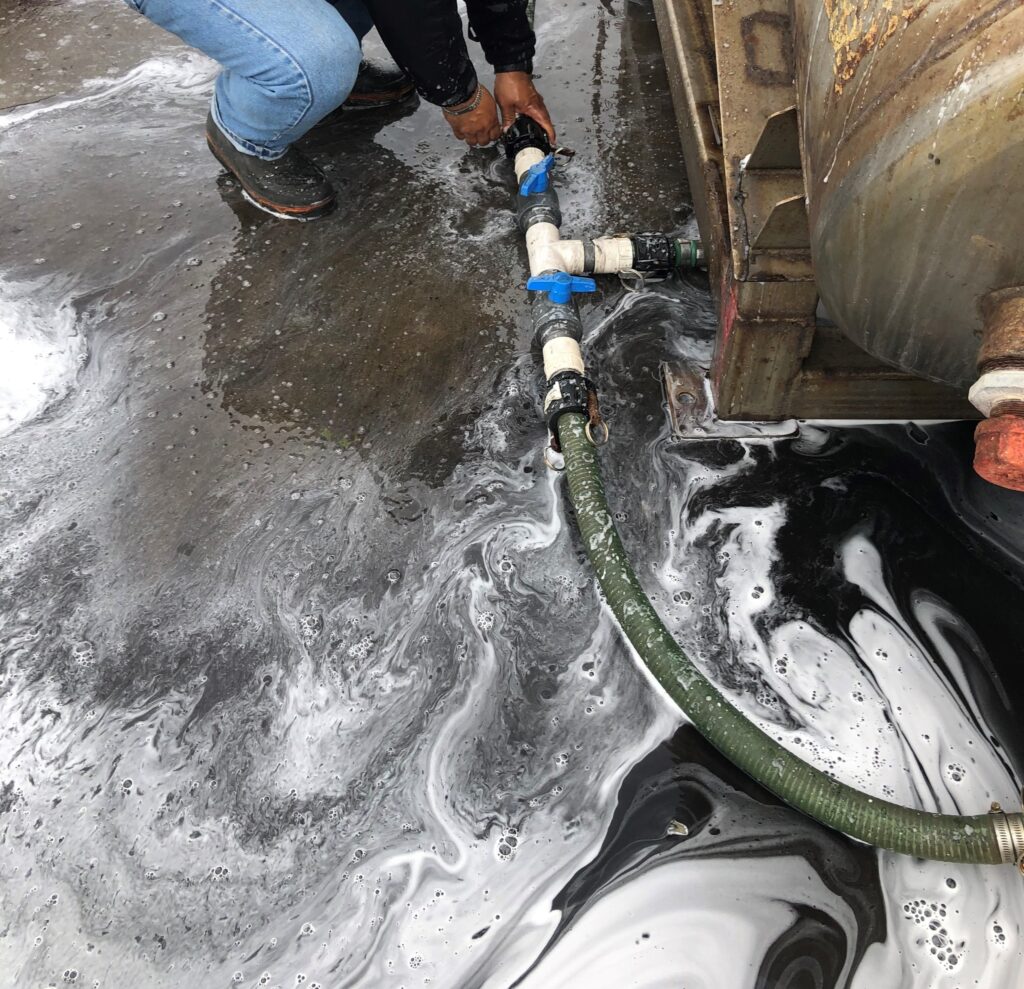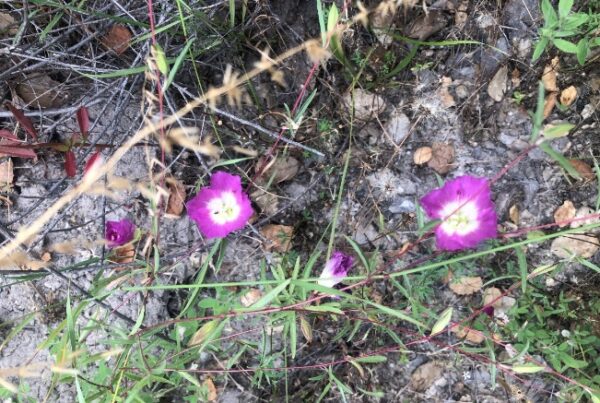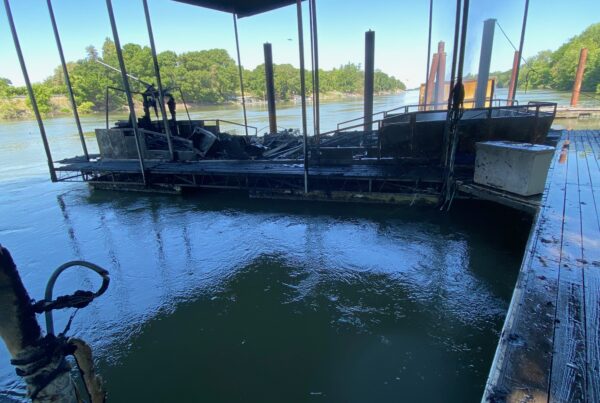Many harbors along our coast are home to commercial fishing fleets. To maintain sustainable populations, commercial fishermen are required to report their catch to the Department, and must adhere to seasonal closures, quotas, and size limits that may apply to their specific fishery.
The market squid (Loligo opalescens) fishery is one of the most important fisheries in California in terms of revenue, generating millions of dollars each year in domestic and foreign sales. When the sun goes down, the squid fleet heads to sea. A commercial light boat will shine a light into the water to attract squid to the surface, and a seine boat will come wrap the school of squid. The squid are transported back to the dock in a large holding tank full of water, and offloaded using a giant vacuum at the offloading facility. If you aren’t an early riser, the entire operation will be finished before you are even out of bed in the morning.
On an early morning patrol in December 2021, a wildlife officer was patrolling the commercial offloading area in Ventura Harbor. The officer noticed two squid seine vessels docked near the commercial-offloading pier. He also immediately noticed a white foam covering the surface of the water surrounding both vessels and the pier. He had seen this before, and recognized it as “stick water.” As the seine boat transports its catch, the squid emit their black “ink”, filling the water they are in with a level of the substance so concentrated that the waste water becomes deleterious to ocean life, and can not be legally discharged into the harbor.

On this morning, the officer was at a business he had previously cited for polluting the harbor. Neither vessel appeared to be discharging stick water into the harbor, however the water surrounding the vessels still contained large amounts of concentrated foam and was dark in the areas he could see under the foam, instead of the normal natural shade of green. As he looked around he saw the source of the pollutant, a hose extending from a white plastic tank out into the harbor and dangling approximately 2 feet from the water surface. Pouring from the hose and directly into the harbor was the dark stick water. The white foam on the surface of the water was broken and encircling the pouring hose water as it emanated from the hose.

He walked over to the white tank in question and noticed it was located at the end of a small pier which contained two other tanks and a large pump—all of which is used to help pump squid from the seine vessels and then return stick water back into the holding tanks. He noticed one of the offload company employees, attempting to reattach a hose to a T-shaped coupler pipe. The hose was pouring out black colored liquid consistent with stick water. He followed the hose back to the white tank he observed earlier and determined the hose being reattached was the same hose he saw pouring into the harbor. The officer would have to document every detail in order to hold the repeat-offender responsible.

He returned to his patrol truck and retrieved some glass sample jars provided in a spill response kit by OSPR (CDFW’s Oil Spill Prevention and Recovery Division). He collected a sample from the hose and the now dark harbor water adjacent to the fishing vessel. Both samples were labeled and analyzed for Oxygen Deficiency and total Ammonia, per the CDFW Water Pollution Laboratory in Sacramento. The lab results showed the sampled contents as deleterious to fish life, and the company was charged with Fish and Game Code 5650(a)(6)—Unlawful Pollution in State Waters. Fines from the case resulted in funds for the Fish and Game Preservation Fund.





